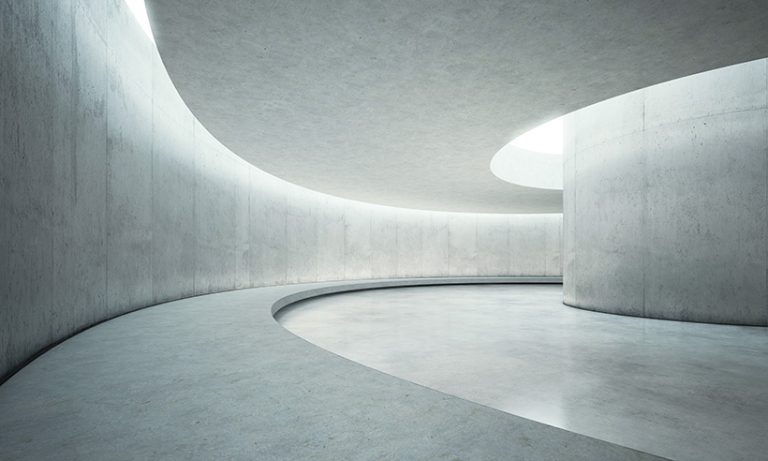The Future of Concrete in Sustainable Construction


One of the most pressing challenges the concreting industry faced today is balancing economic growth and improving concreting technology. With the abundance of green concrete and renewable technologies, it is essential to introduce and use them in various construction projects. In fact, all that we build today will be a legacy for the future. That is why architects, engineers, and building contractors have a duty to source their materials responsibly.
Why green building matters
For many homeowners and contractors, terms such as green building, sustainable development, and eco-friendly design have not been part of their vernacular for decades. But with the mounting concerns about global warming, rising energy costs, depletion of resources, these buzzwords are becoming more popular.
Based on the latest figures released by the EU, it is known that fossil fuels consumed in operation and construction of commercial and residential buildings account for 40% of carbon dioxide emissions in Europe. To improve our carbon footprint for new buildings, manufacturers are now urged to preserve our natural resources while producing quality and affordable products for the concreting industry.
Countries all over the world are now pushing green concrete instead of conventional concrete since it is more ideal for the environment. In fact, the absorption of CO2 is cut by up to 68% during the manufacturing process of green concrete. Also, green concrete is a more sustainable building material by replacing cement or aggregates with waste such as pulverised fly ash and granulated blast-furnace slag.
Rock-solid innovation
Apart from environmental considerations, there is also a need to push for innovation, especially during the manufacturing cycle of cement. In fact, various start ups are now bringing new methods and technology to the industry. One good example is the introduction of self-healing concreate by a Dutch company. This technology is based on micro-organisms are known to produce limestone. This will enable concrete to repair cracks in its structure autonomously, reducing the impact of defects caused by certain weather conditions like these.
There are also manufacturing plants that now take advantage of a sensing solution that can remotely monitor concrete temperature and performance changes. These companies rely on data provided by artificial intelligence, which may also optimise complex manufacturing processes.
These are just some of the innovations in the cement industry that can improve the quality of the product currently in production and optimise the different production stages. These stages will include fuel usage to clinker grinding.
Overall, sustainability through green concrete expands on the standard and basic concept of recycle, reduce, and reuse. But it also provides the benefits of green living and offers many practical, personal, and economic advantages.
ⒸCopyright Bendigo Concreters 2021
